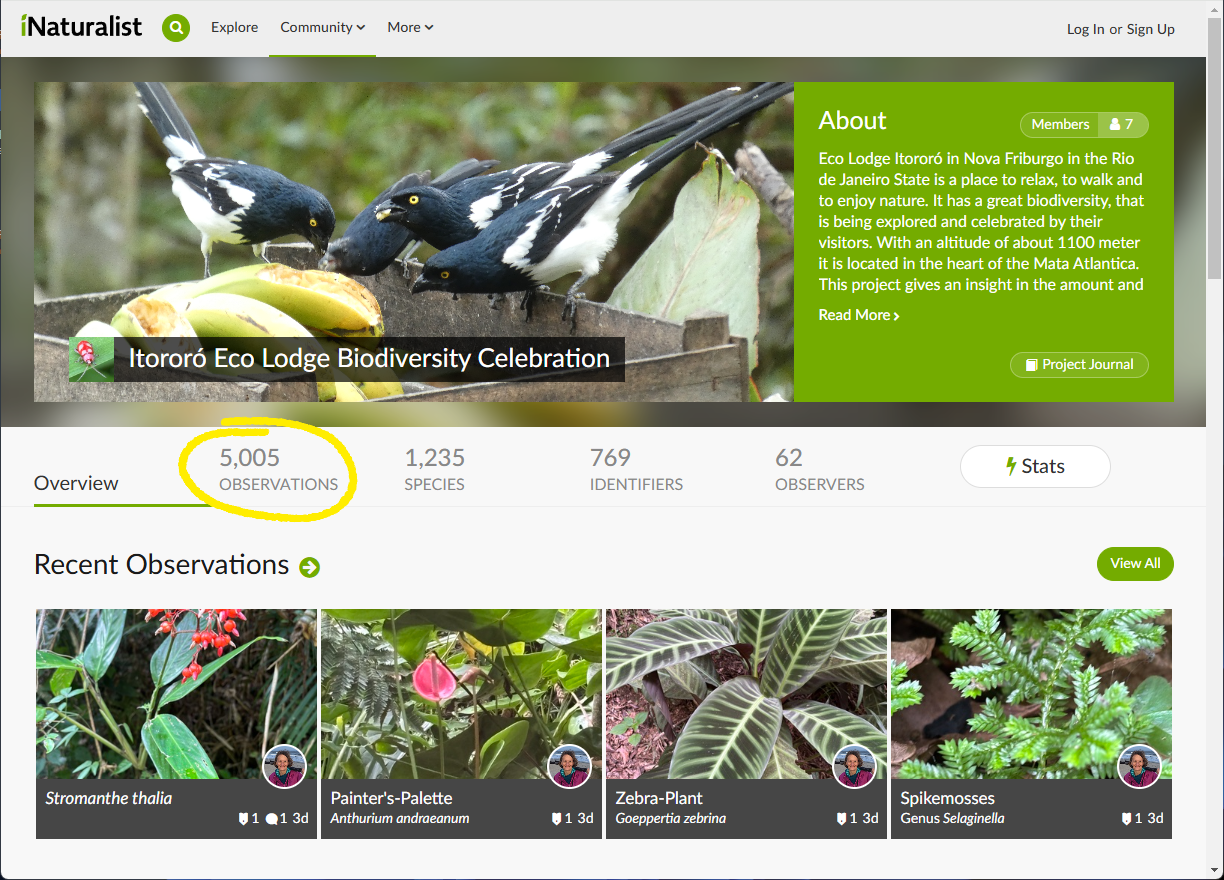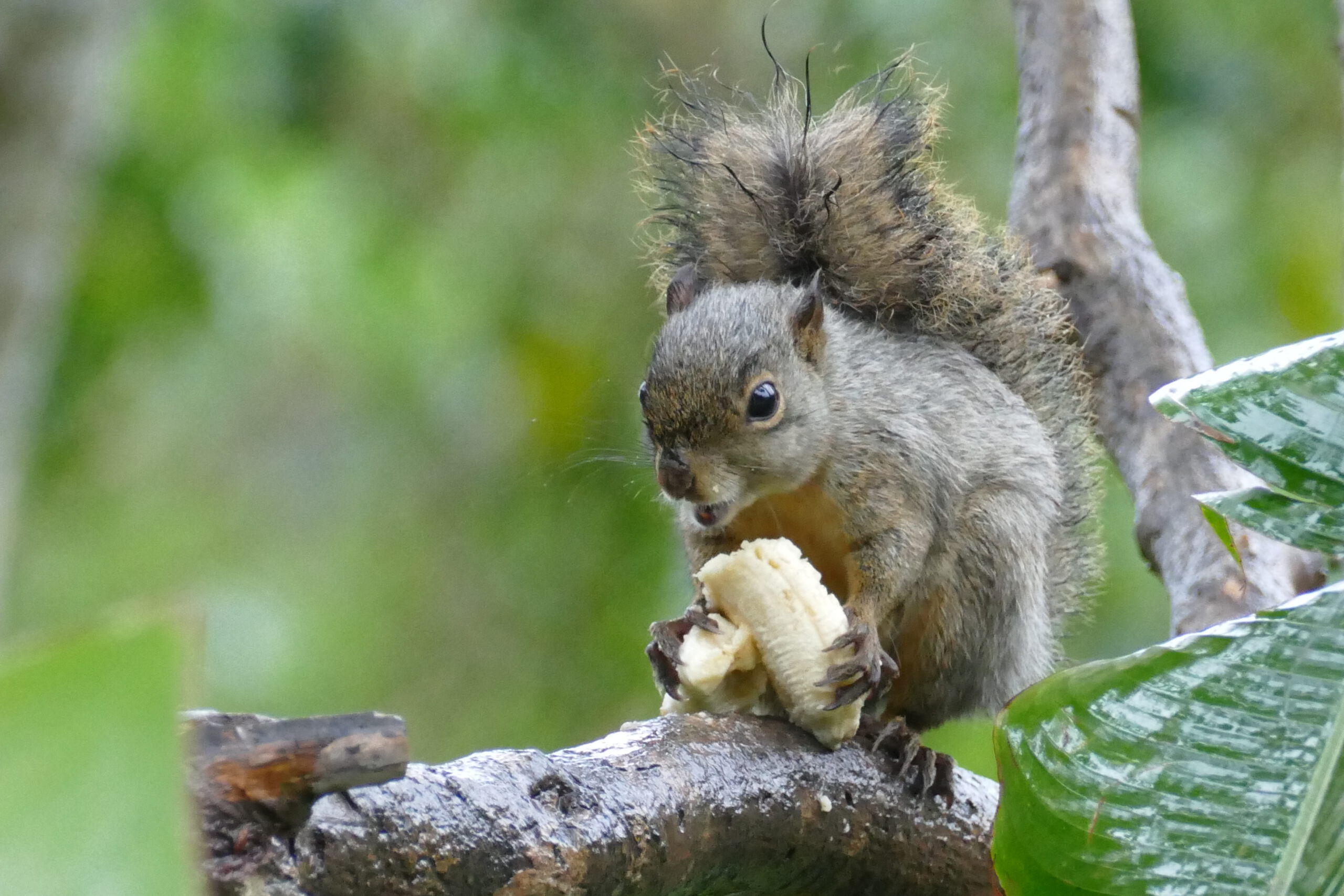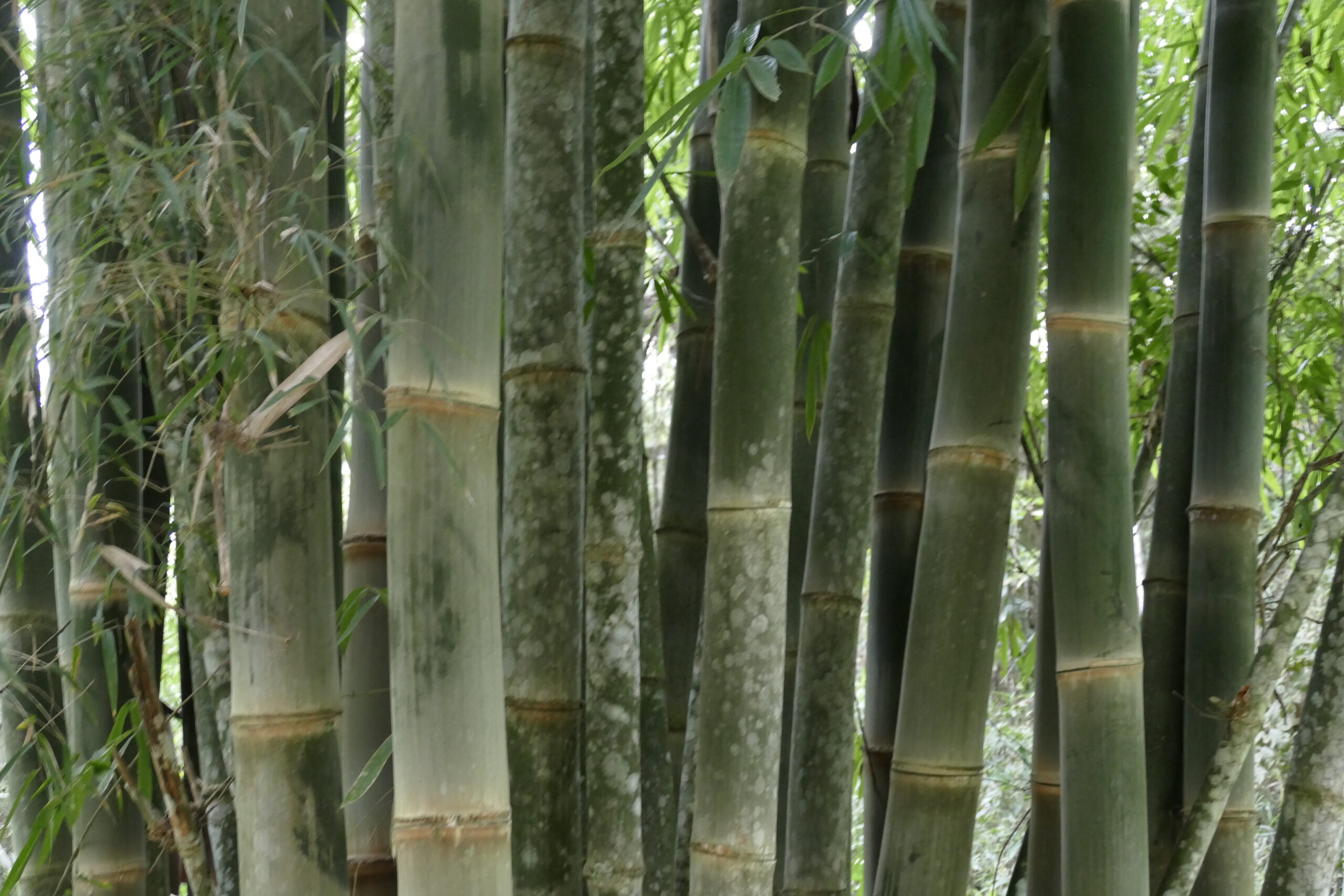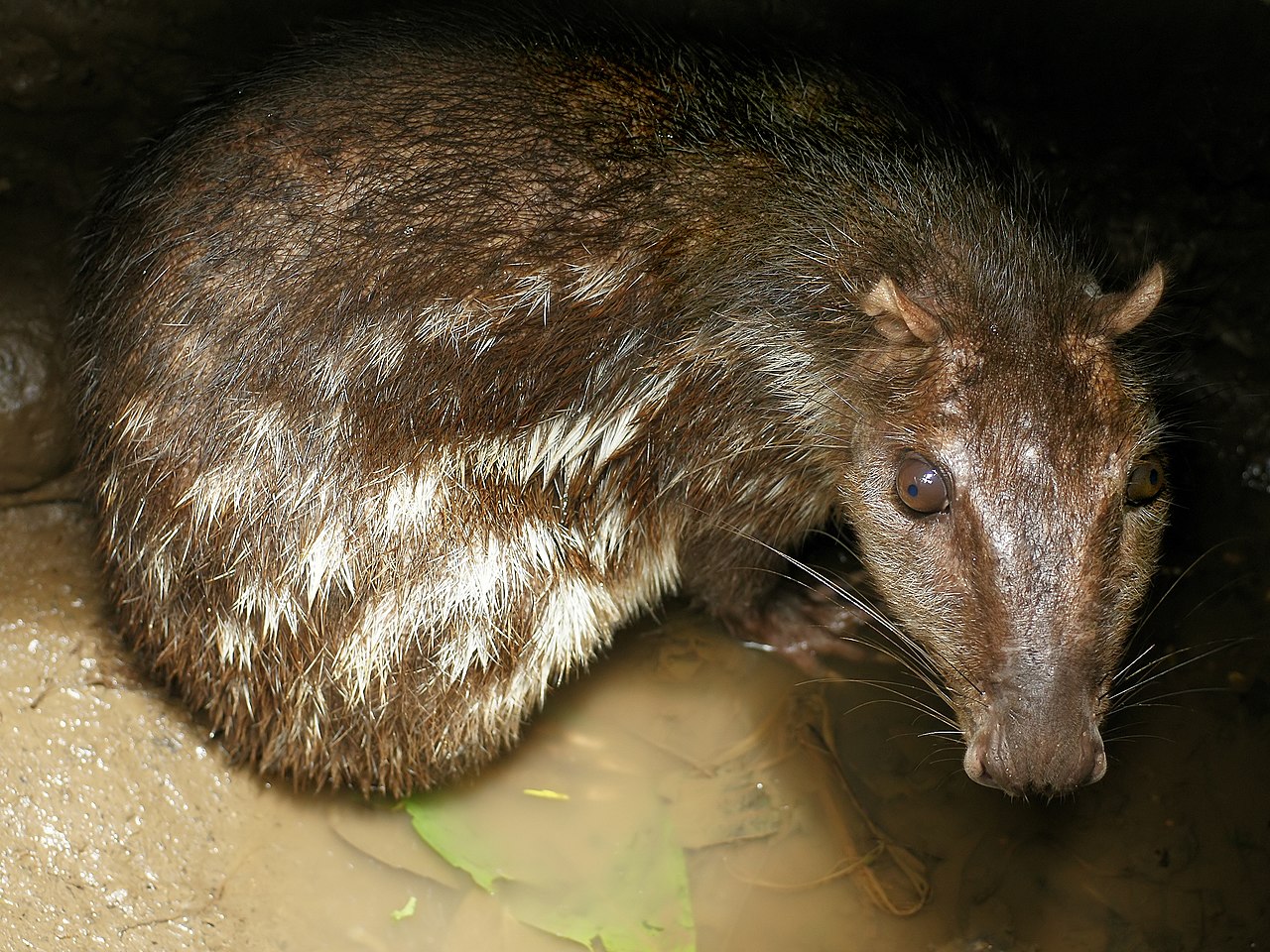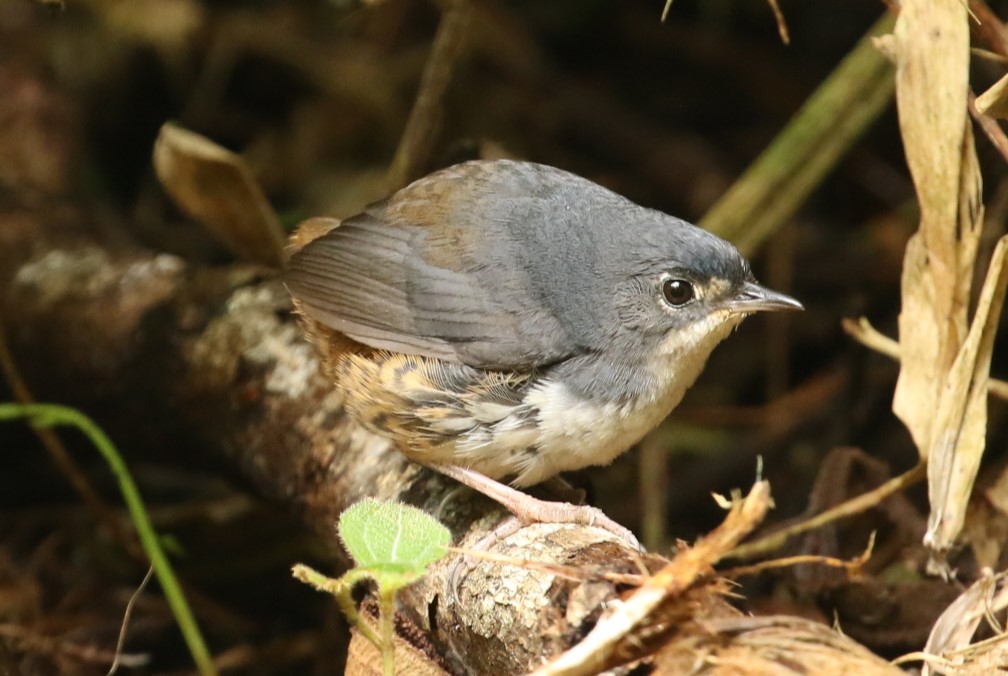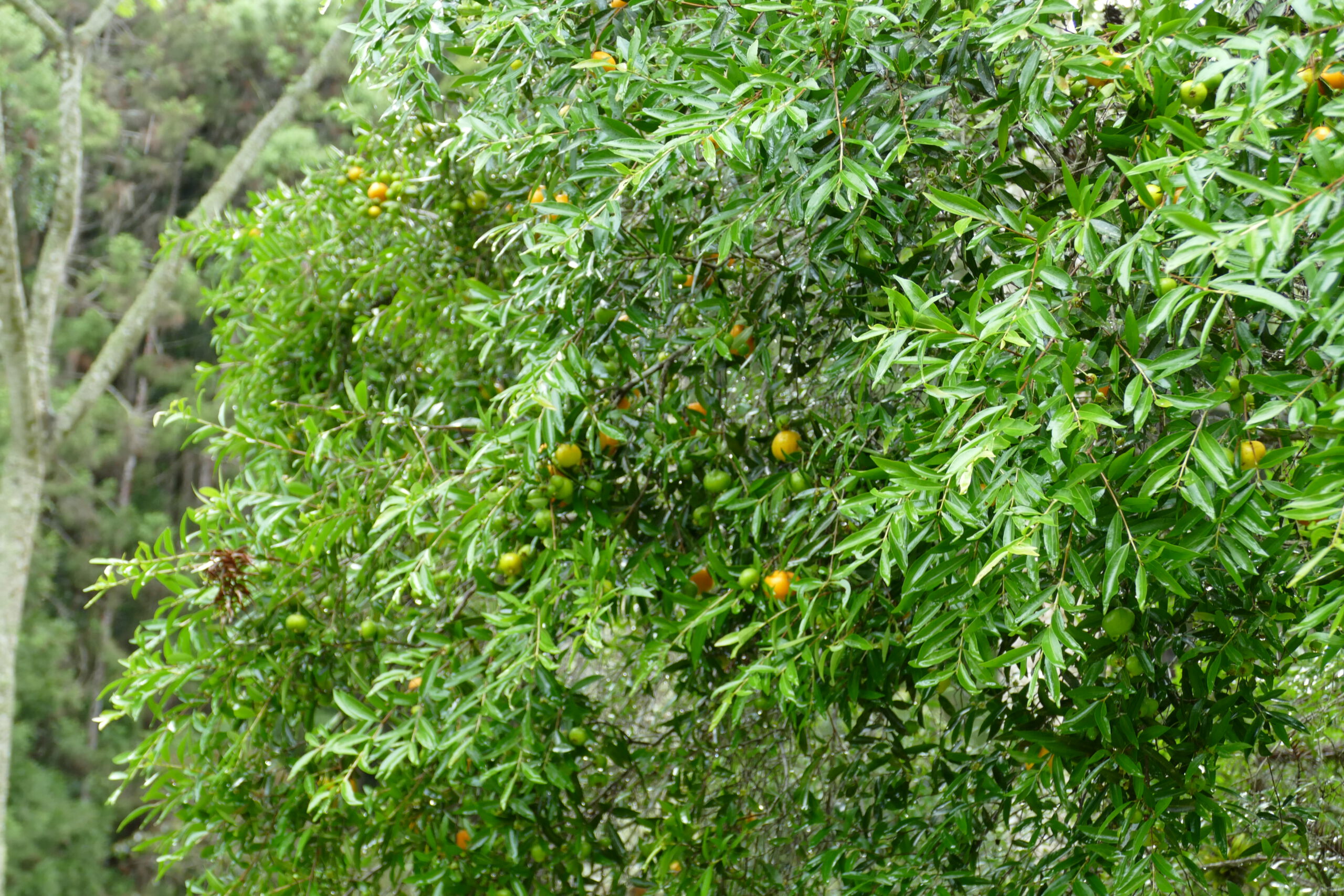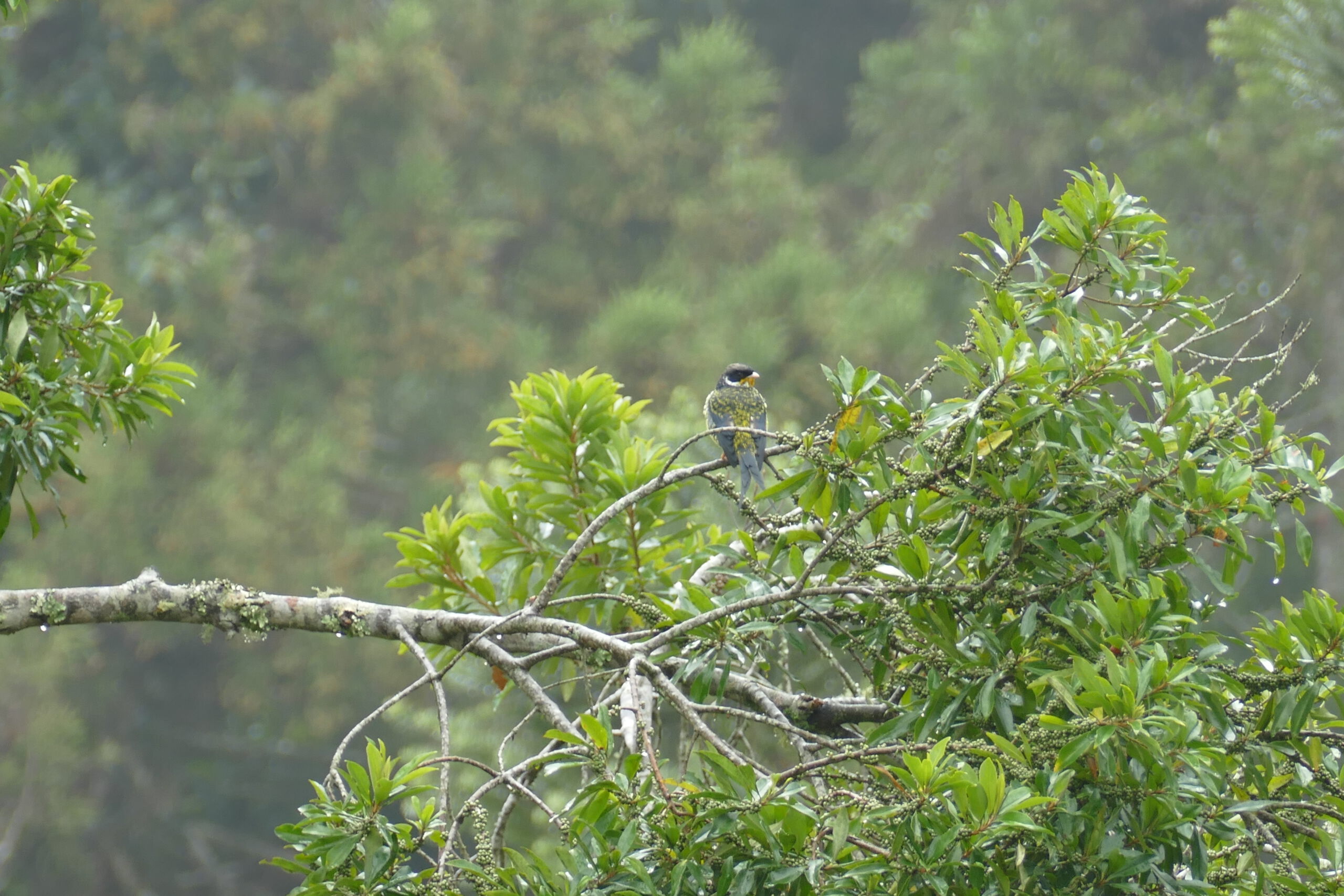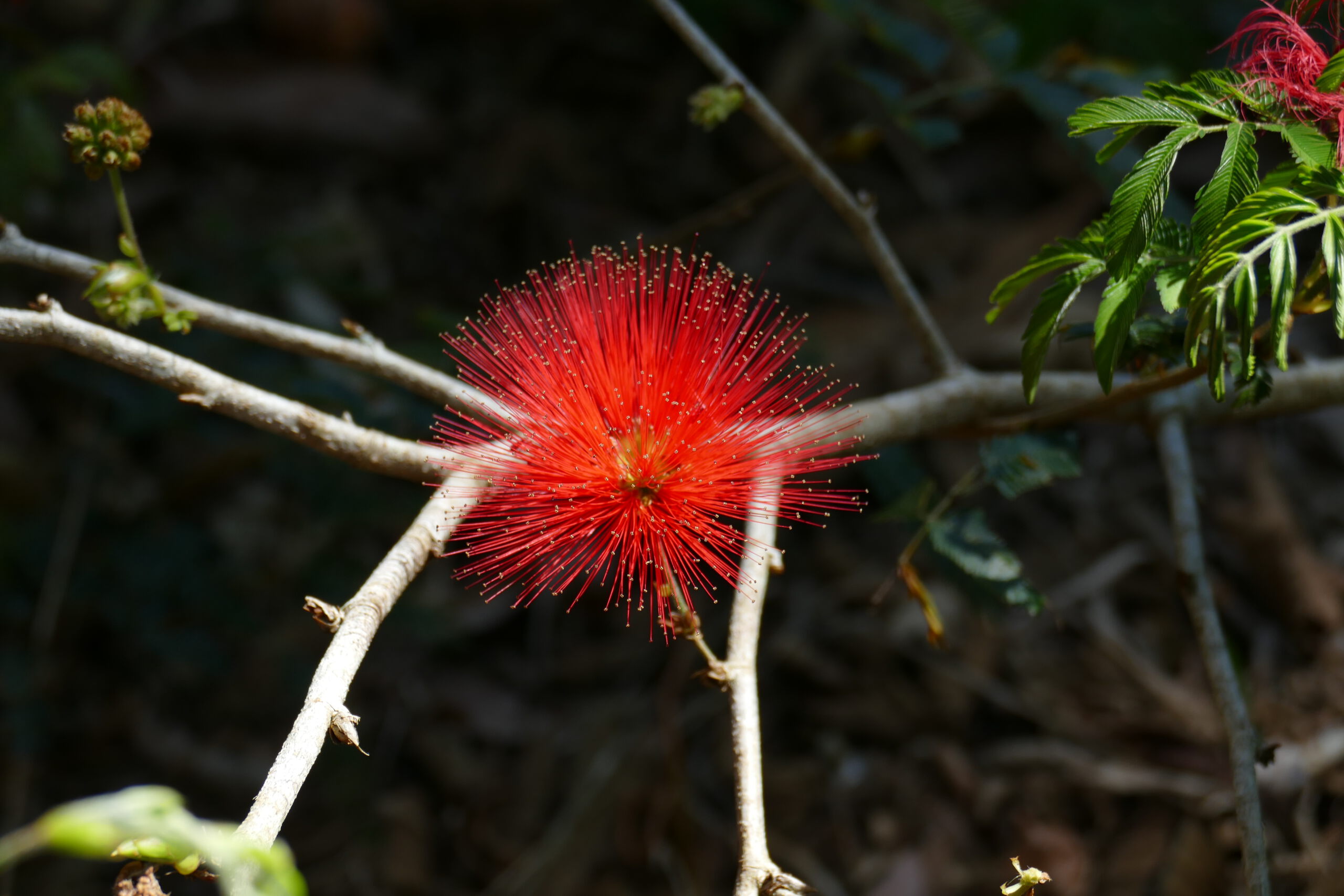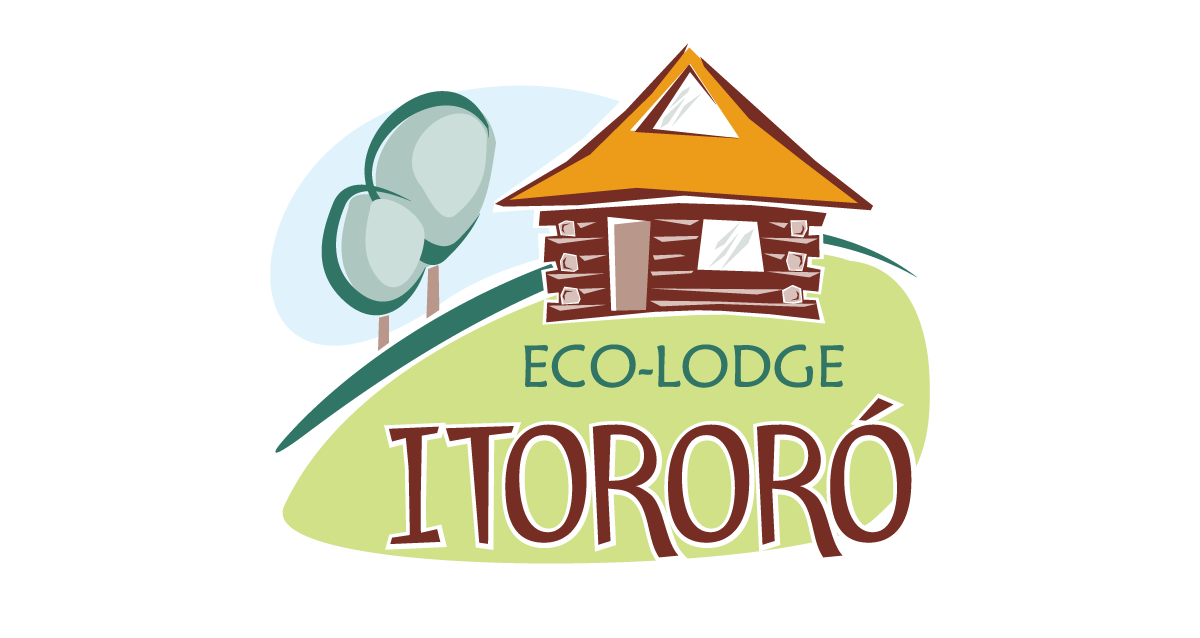We are excited to announce that we have reached a milestone of five thousand observations on iNaturalist! We would like to express our sincere gratitude to all of our guests who have taken the time to add their observations to our page, documenting their findings here at the Eco Lodge Itororó.
Tree-dwelling species, Brazilian Squirrels are diurnal and live high on top of trees, subsisting primarily on fruits and insects, making excellent seed dispersers as they cover large distances and like to carefully bury seeds as the critically endangered Araucaria trees (Araucaria angustifolia) on the ground.
Bamboos are members of the grass family and play a vital role in tropical and temperate forests. If you are interested in visiting the Atlantic Rainforest and would like to learn more about our nature-related tours, please contact us.
Lowland Pacas (Cuniculus paca) are the second largest rodent species in Brazil. They inhabit humid environments, along running waters in tropical forests. Terrestrial and nocturnal animals, Lowland Pacas live in holes on the ground, usually building escape emergency exits to their burrows.
The 11 cm White-breasted Tapaculo is endemic to the Brazilian Atlantic Forest and southern Brazil and found up to 1,500 m in altitude, inhabiting dense and dark areas of primary and secondary humid forests bordered by araucaria trees, ciliary and subtropical woods, hiding on or close to the ground.
The uvaia is a plant in the Myrtaceae family, comprising more than twenty species. It is typically a shrub or small tree, reaching heights of up to thirteen meters and a trunk diameter of 30 to 50 centimeters.
Very suitable for reforestation and environmental preservation, this native tree to the Atlantic Rain Forest reaches up to 20 m in height and grows up to a circumference of 50 cm when fully grown. Known as Capororoca, meaning ‘the tree that snaps’ in Tupi-Guarani.
Originated in the Brazilian savannah, the Calliandra tweediei is a native plant to the Atlantic Forest. Its sturdy bushes spread out and up to four meters high and occur naturally in humid environments and along rivers, holding strong through floods and temporary submersions.
Latest NewsItororó Admin2025-04-04T09:19:22+00:00

